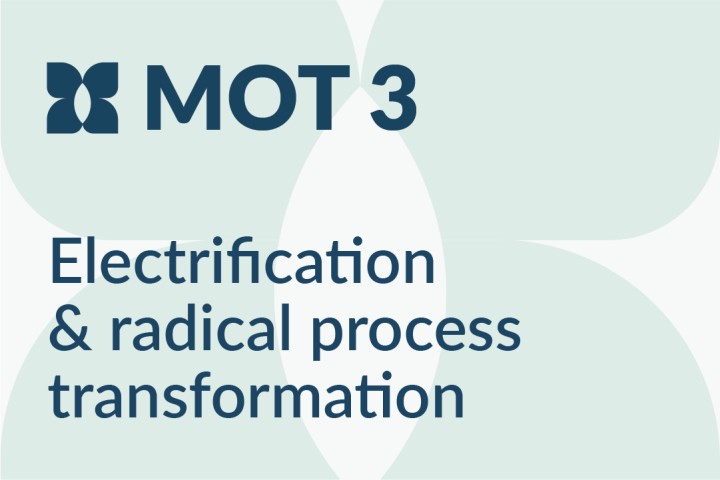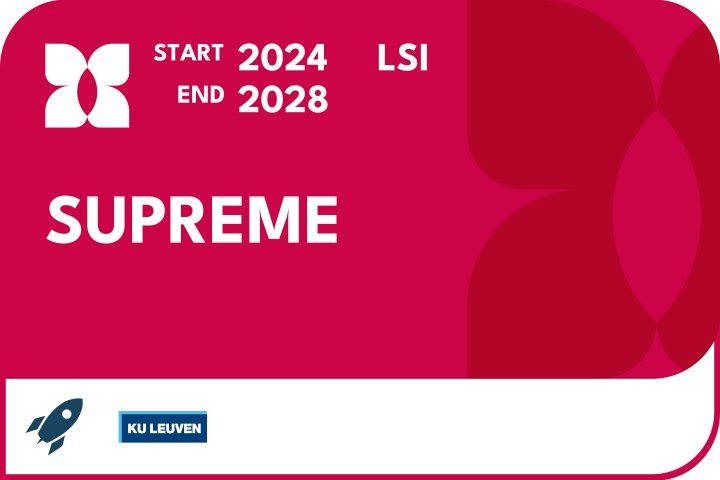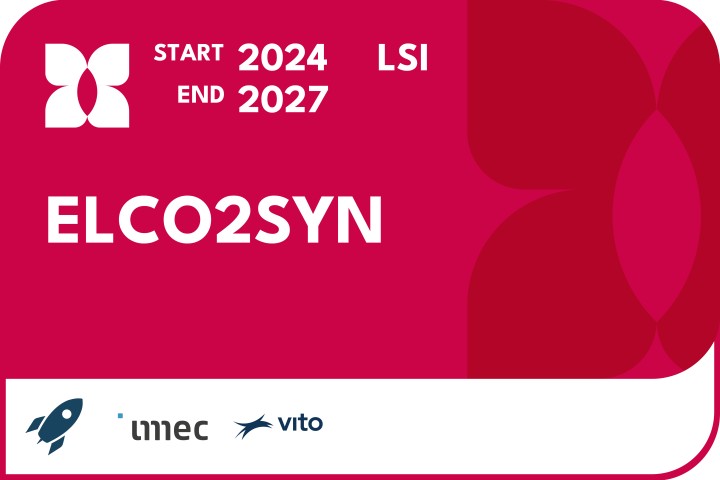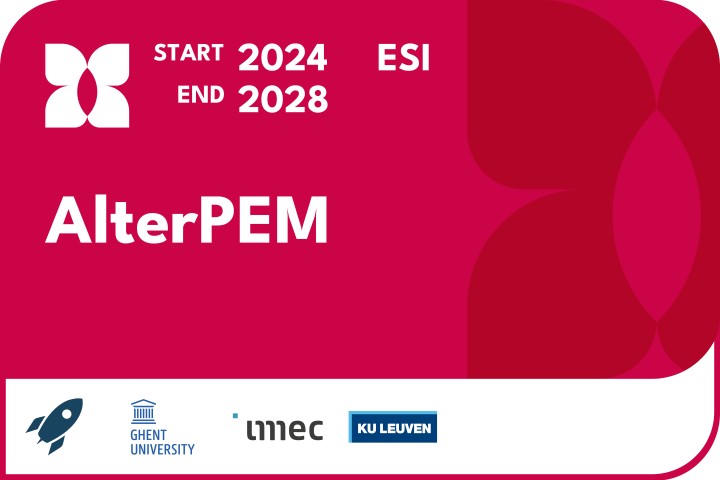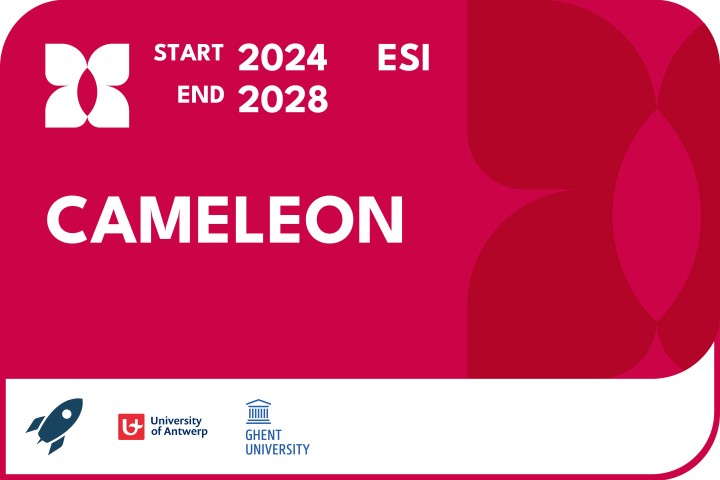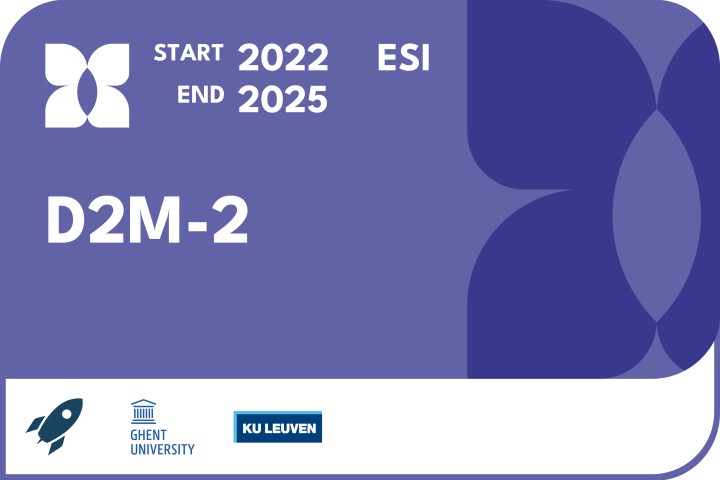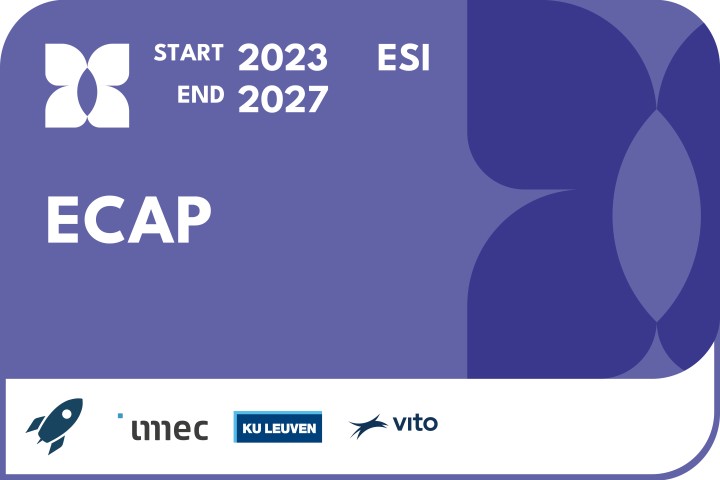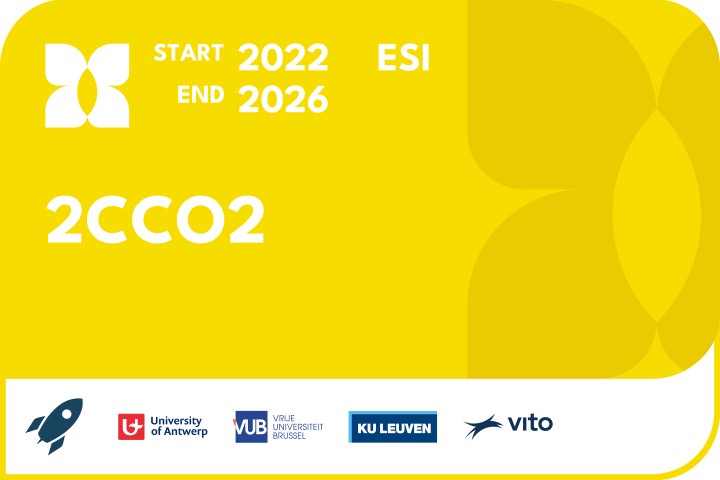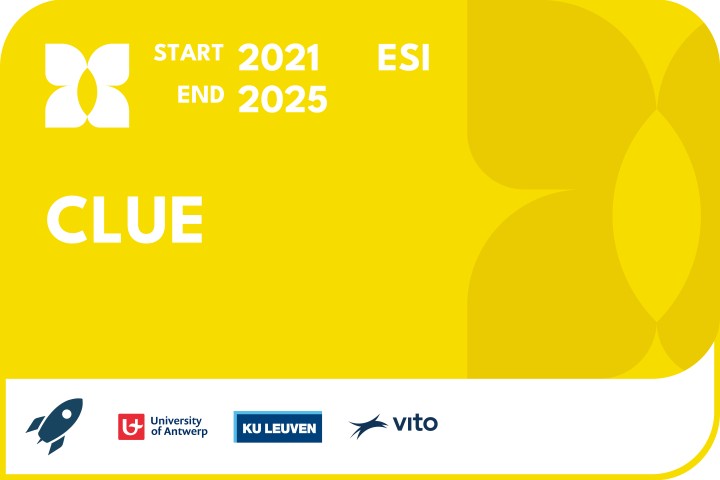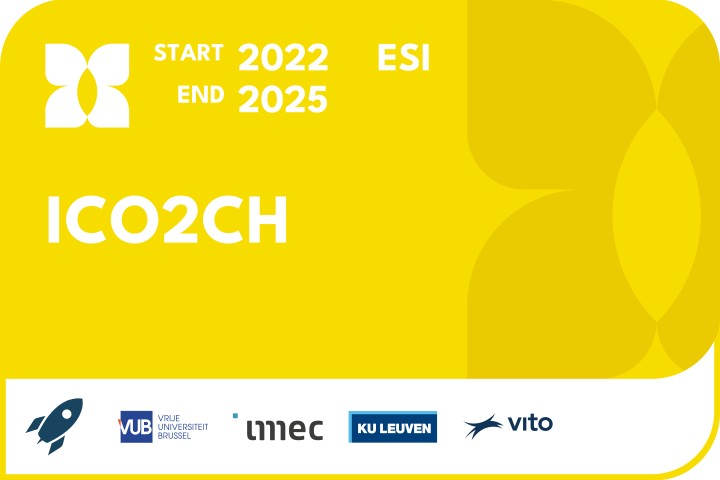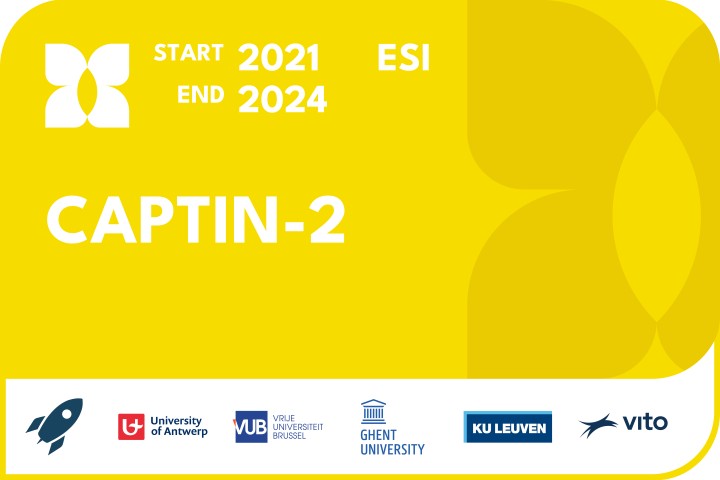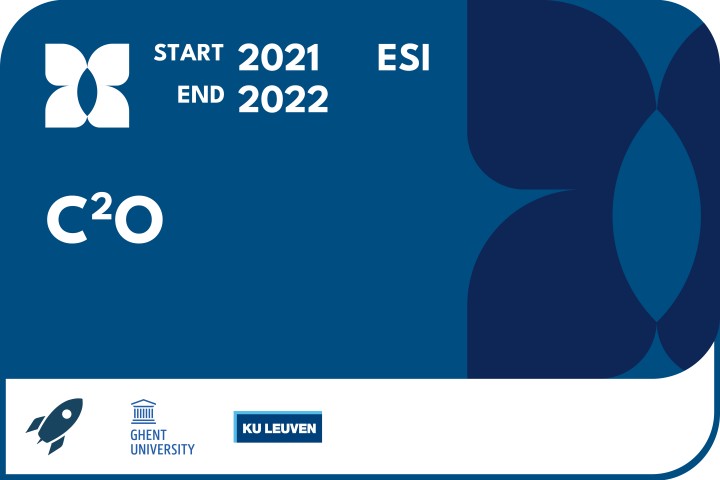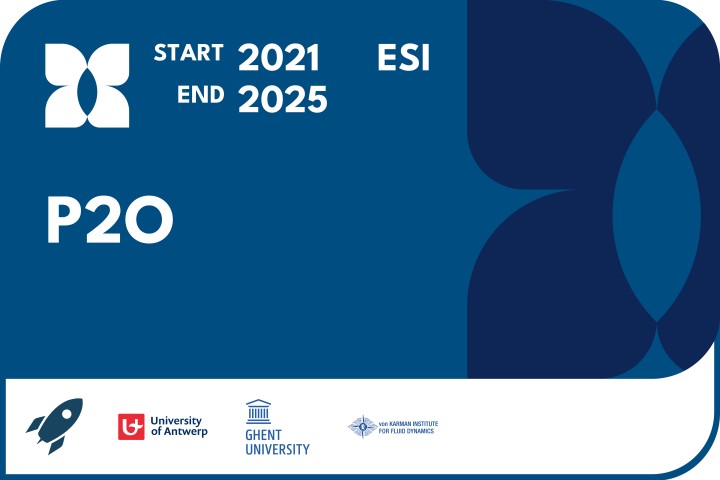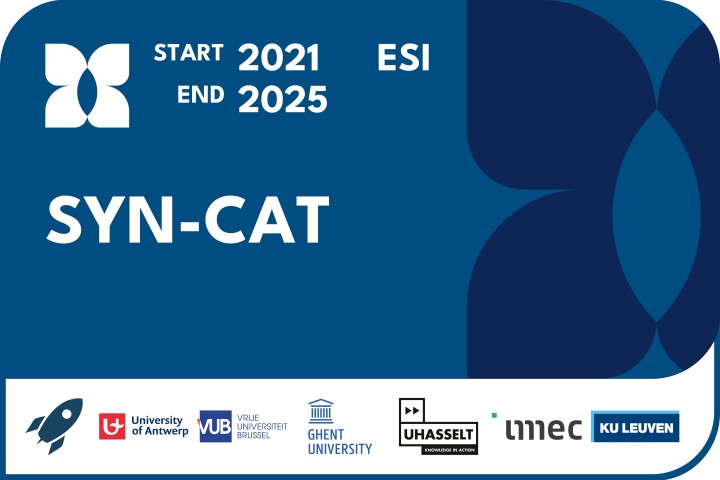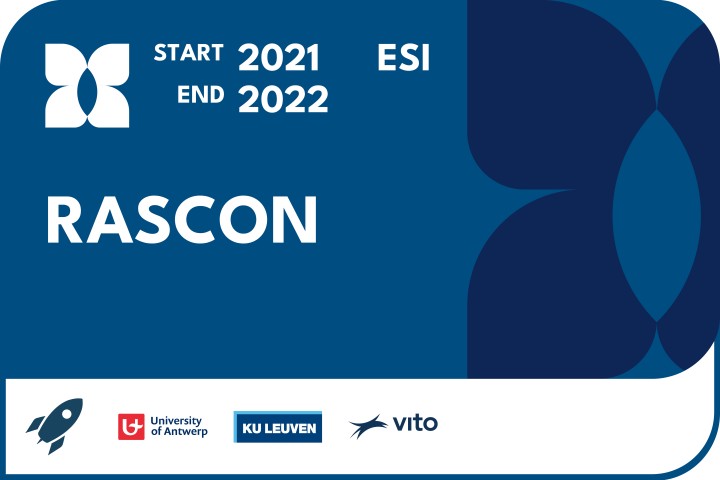Program Details MOT3
The Flemish industry is enormously energy-intensive. This means its industrial production processes require vast volumes of energy in the form of heat, electricity and fossil fuels like oil, gas or coal. In addition, some sectors also use fossil fuels as non-renewable raw materials. By using fossil fuels in their processes as a resource and an energy source, the Flemish industry releases relatively large amounts of CO2 into the atmosphere. The Moonshot initiative aims to reduce this type of CO2 emissions. The third Moonshot research trajectory, Electrification and Radical Process Transformation (MOT3), specifically supports research into future-proof carbon-smart processes.
Future-Proof Processes
Preparing current industrial processes for a carbon-smart future requires electrification (i.e. switching from fossil-based to electricity-based processes), low-energy separation processes and mild biotechnological conversions. There is also a need for innovation in the conversion of electricity to heat, which is much more efficient than the current traditional conversion via resistance. All of these process innovations can close the price gap between electricity and fossil-based fuels, radically reduce the need for such fuels and subsequently cut CO2 emissions.
Carbon emitted as CO2 during these production processes can also be captured, fed back into the process as a resource, or temporarily stored through so-called Carbon Capture and Storage (CCS). This way, electrification and process transformation is a crucial pathway to make the Flemish industry carbon circular and low in CO2 by 2050.
Challenges
There is a high cost barrier associated with capturing CO2. Therefore, the challenge is to capture CO2 efficiently and subsequently convert it in an integrated way into usable raw materials (such as monomers for plastics), or to store it.
Furthermore, carbon-free hydrogen is essential for the aforementioned conversions. At the same time, it offers opportunities for the sustainable production of ammonia from nitrogen gas and carbon-free hydrogen. Currently, the ammonia production process is characterized by significant CO2 emissions as it uses nitrogen gas, water vapor and carbon monoxide. Hydrogen and ammonia can also act as an energy carrier in the transport and storage of energy.
Goals and KPIs
The third Moonshot research trajectory on electrification and radical process transformation aims to attain:
-
60% reduction in ‘CO2 emission/ton produced’ by the (petro)chemical industry (main contribution to be expected from electrification of steam cracking and ammonia production, replacement of distillation by membrane processes, substitution of the traditional chemical processes by biotechnology), for which at least 1 technology will be developed to TRL 6 by 2035.
-
Economically profitable CO2 capture & purification, both capture from point sources (originating from chemistry, steel and energy production) and Direct Air Capture. At least 1 technology will be developed up to TRL 6 by 2025.
-
Economically profitable conversions of captured CO2 as a raw material for the Flemish industry. The most important contribution can be expected from the conversion of CO2 to CO, MeOH and DME; and the subsequent conversion of C1 feedstock into added-value products. At least 1 technology will be developed up to TRL 6 by 2025.
-
Cost-efficient (< €2.000/ton) hydrogen production (either remote or in-situ), characterized by low CO2 emissions. At least 1 technology is to reach TRL 6 by 2025.
These goals have to be met within the following precondition:
-
CO2 capture and purification is economically viable for capture at point sources at € 20-30/ton and for Direct Air Capture at € 50-100/ton.
